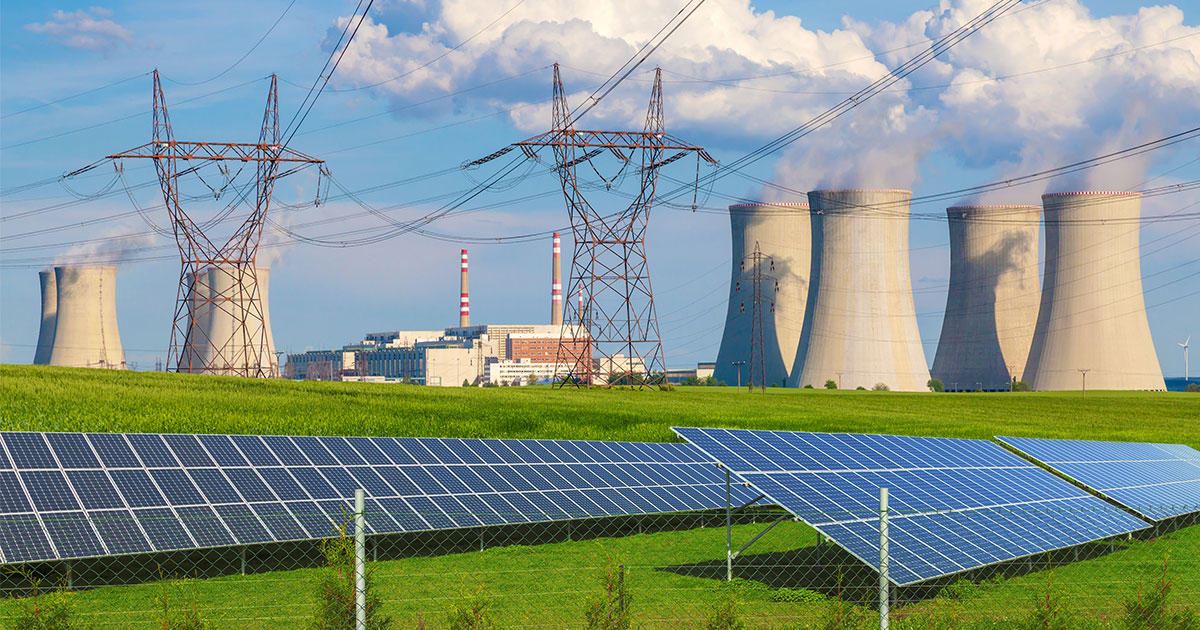
In a pioneering study conducted at the Islamic Azad University in Iran, scientists have explored the integration of photovoltaic (PV) installations linked to battery storage as an emergency load system for nuclear power plants. The research, detailed in the study “Design of emergency solar energy system adjacent to the nuclear power plant to prevent nuclear accidents and increase safety,” presents a forward-thinking approach to enhance safety measures at the Tehran Research Reactor (TRR), a 5 MW pool-type light water research reactor.
The Need for Emergency Power in Nuclear Facilities:
Nuclear power plants inherently require reliable sources of emergency power to ensure the safety of operations in the event of power grid failures. Currently, the TRR facility relies on a 450 kW diesel generator and a 50 kW diesel generator as a secondary backup to provide emergency load during grid outages or generator maintenance.
In response to this critical need, the Iranian research team proposes the implementation of a 100 kW grid-connected PV system linked to a 400 kWh battery storage system. This innovative approach aims to contribute emergency power to the TRR, providing a sustainable and reliable alternative to the existing diesel generators.
Technical and Economic Considerations:
The researchers used advanced software tools, PVSYST and RetScreen, to design the emergency solar energy system. The proposed PV system spans a 627 m2 area and consists of 305 W polycrystalline modules with 5 inverters each outputting 20 kW. The estimated annual output capacity of the system is 166.2 MWh. Additionally, the PV array is designed to connect to a 400 kWh battery system capable of supplying an emergency load of 50 kW for 8 hours.
The system’s functionality includes charging the battery pack and discharging excess energy to the power grid simultaneously. The solar plant is intended to serve as a backup for the 50 kW generator, specifically supplying electricity to the TRR’s water pumps during emergencies.
Feasibility and Economic Viability:
The scientists assert that the proposed project is both technically and economically feasible, especially if the solar plant is permitted to sell excess power to the grid under a feed-in tariff (FiT) scheme or a net metering regime. This arrangement ensures significant profitability during periods when the PV system is not actively serving as an emergency load.
Assuming compliance with Iranian feed-in tariffs, the researchers estimate a payback time of approximately 4.5 years for the system. This economic viability, coupled with the potential safety benefits, makes the integration of solar power into emergency systems a compelling proposition for nuclear facilities.
Enhancing Safety Measures and Preventing Disasters:
The researchers emphasize that the proposed emergency solar energy system serves as a secure backup for nuclear reactors, addressing the critical need for reliable emergency power. Drawing parallels to disasters like the Fukushima Daiichi nuclear incident, the study underscores the potential of this innovative approach to improve safety measures and avert catastrophic events in nuclear facilities.
Iran’s exploration of integrating photovoltaic installations and battery storage as an emergency load system for nuclear power plants marks a significant stride toward enhancing safety and sustainability in the field of nuclear energy. The proposed solar power backup system not only addresses the immediate need for emergency power but also aligns with global efforts to transition toward cleaner and more resilient energy solutions for critical infrastructure. As the study concludes, this innovative plant configuration presents a promising avenue for securing nuclear reactors and preventing potential disasters, setting a precedent for future advancements in nuclear safety worldwide.





